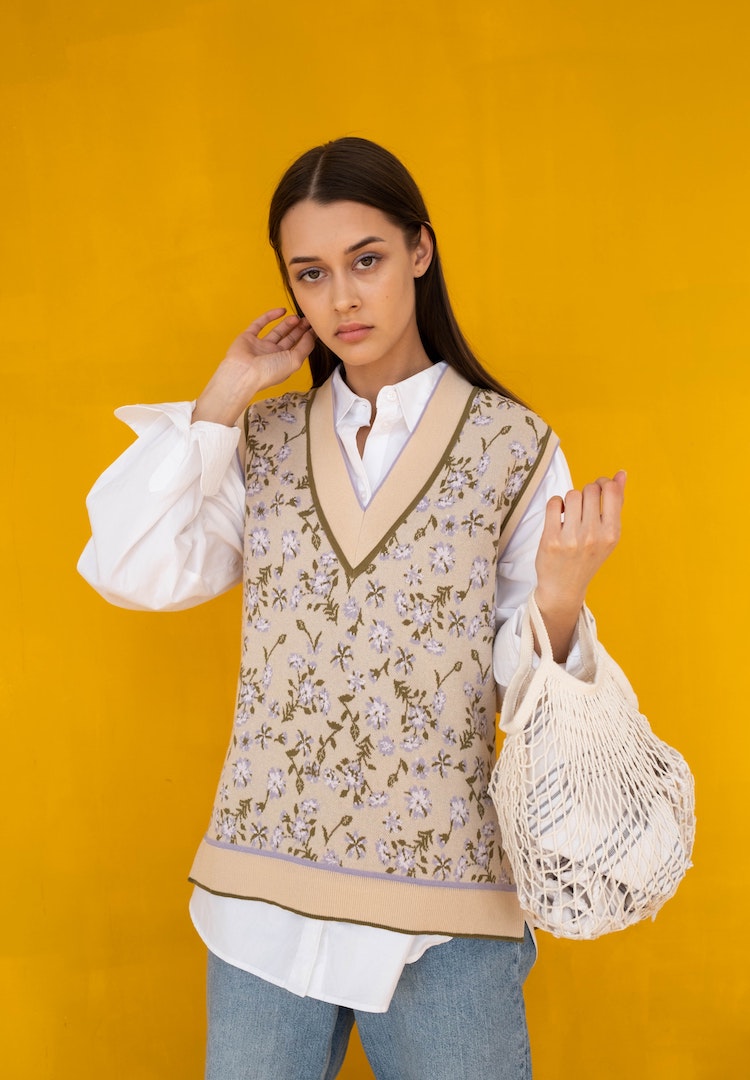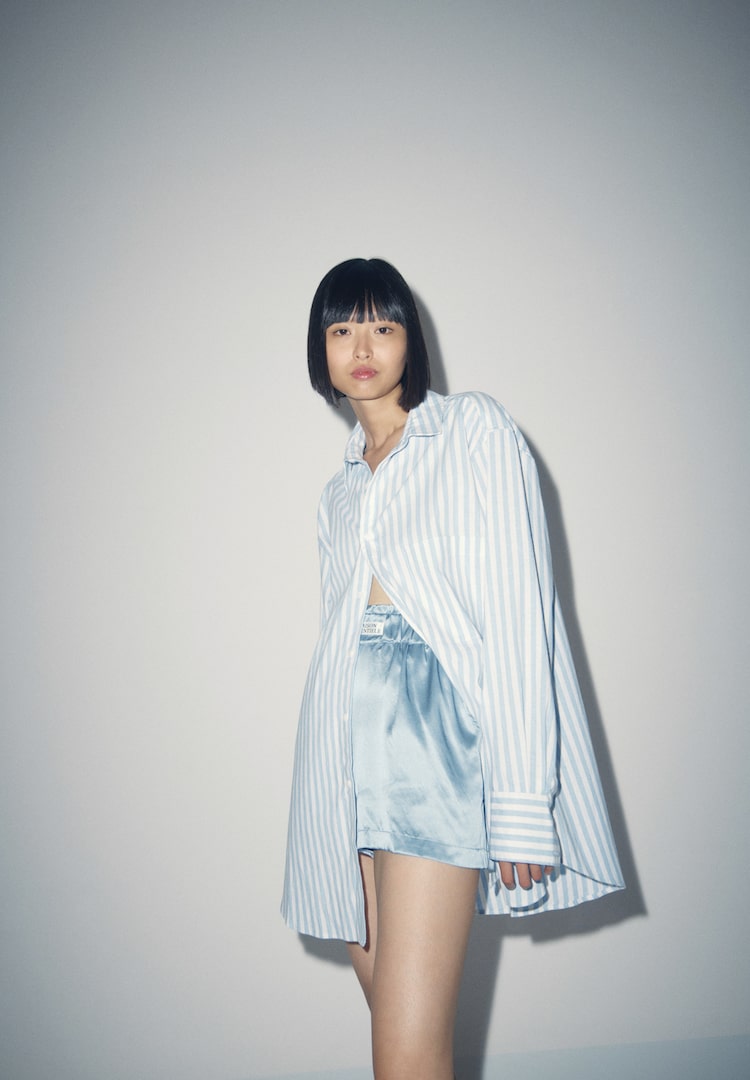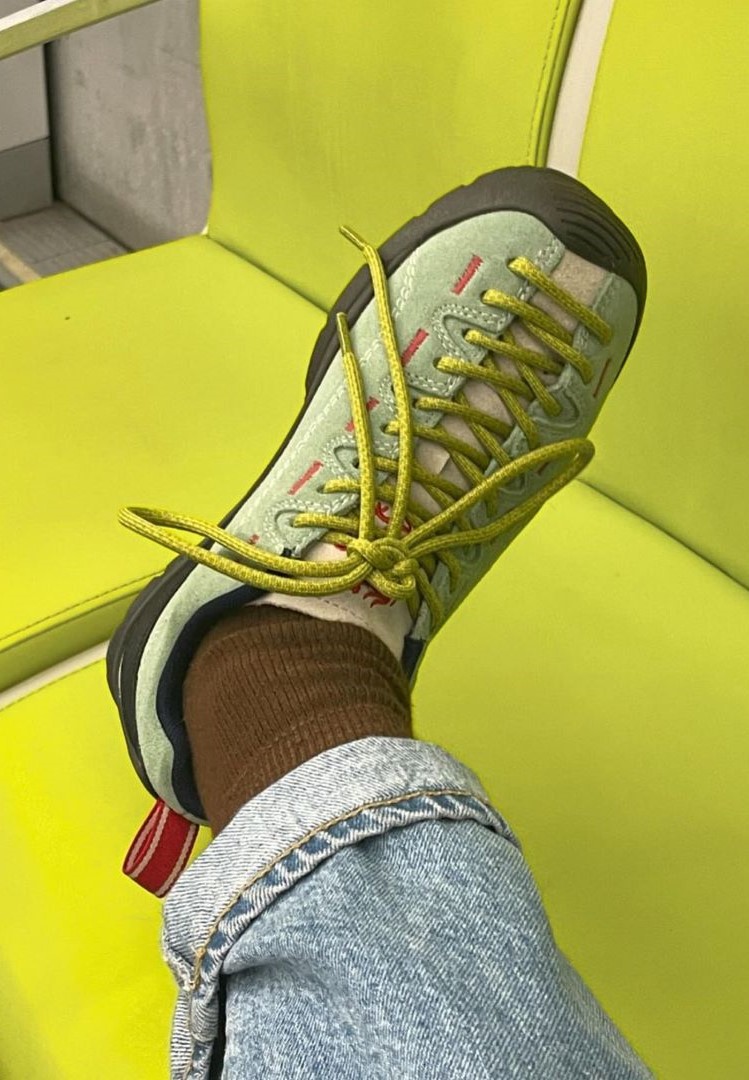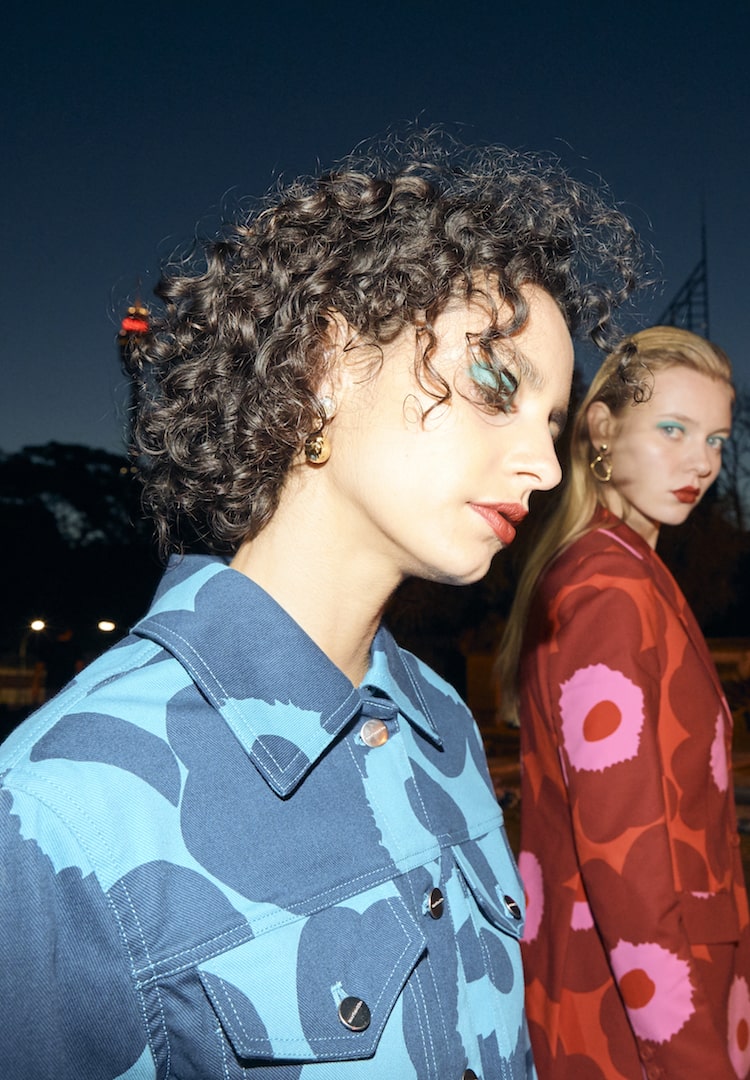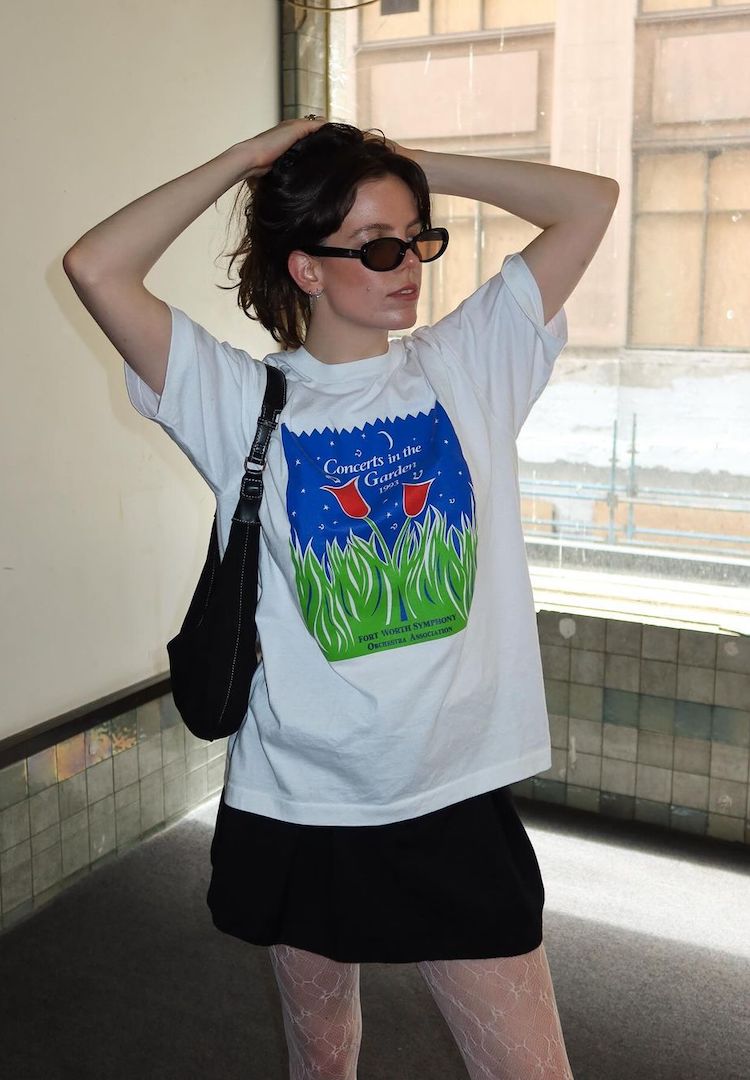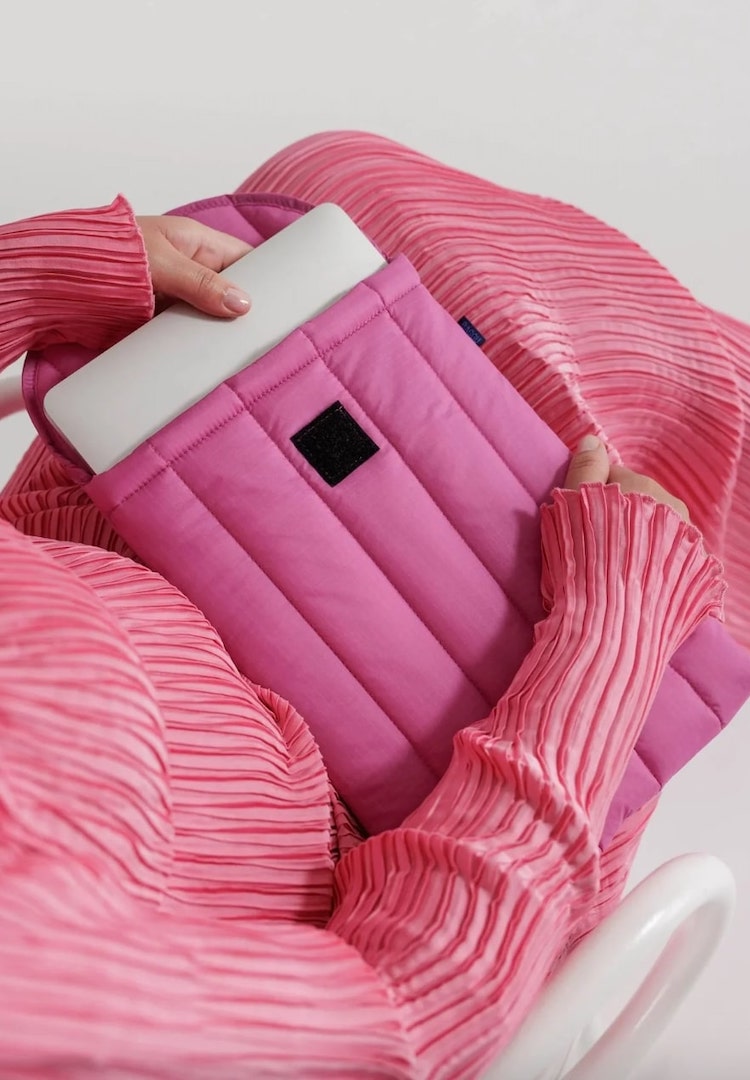I’m an emotional spender, here’s how I shop sustainably
WORDS BY CAT FORSYTH
“When I find myself with my arms full of clothes and an ‘I have to have them all’ mentality, I know I need to take a step back.”
We’re all familiar with the urge to treat ourselves when something great happens. Likewise, when something shit has happened many of us frantically fill our virtual carts with unnecessary purchases. Almost everyone has an emotional connection to money and shopping, but for me, it’s a bit more complex. Sometimes, the urge to splurge becomes all-consuming and I feel like I have no choice but to spend.
Money and shopping are unquestionably tied to my emotions, and it’s scary for me to admit, but I’m an emotional spender. I go through periods of spending entire paychecks on clothes and nothing else. The conflict here for me is not only the cries from my poor bank account, but the fact that I pride myself on being an ethical and sustainable shopper.
For more fashion news, shoots and features, head to our Fashion section.
What this means is that I have to be hyper-aware of how I’m feeling when it comes to shopping. I know when I feel out of control or unstable, or am experiencing extreme highs or lows, I need to put the credit card away (or maybe freeze it in a block of ice à la Confessions of a Shopaholic). Watching out for these warning signs is the first step when it comes to ensuring I’m shopping responsibly and sustainably.
As a conscious consumer, my wardrobe consists of mostly secondhand clothing. I’ve been through phases of shopping at Zara, and even Shein, but have since learned about the consequences that come with these purchases. I’ve loved op shopping since I was about eleven years old, and that’s how I choose to build the majority of my wardrobe these days.
However, a trap that we vintage fanatics can fall into is overconsumption, because whether you’re buying fast fashion or trawling through an op shop, if you’re buying fifteen items at once because they’re all cheap and cute, you’re probably shopping unsustainably.
When I find myself with my arms full of clothes and an ‘I have to have them all’ mentality, I know I need to take a step back. I’ll find a corner of the shop I’m in and lay everything out. This is when I have to think clearly and responsibly, and I’ll ask myself the following questions: Why do I need this item? Do I already have something similar? What would I wear it with? Can I come back for it another time? What does my gut say?
If I find myself with doubts, (perhaps it’s a bit small, or I can’t picture it with anything I already own), I have to put it back. It can feel hard to resist in the moment, but when I opt for this approach I still usually walk away with three to four items – items that I’ll wear for a long time, and that will fit into my wardrobe cohesively.
Another key thing I keep in mind is investing in special pieces. Saving up for a unique or high-quality item can feel so worth it, especially when you buy a piece you know you’ll have forever. For me, my black leather knee-high boots come to mind. They’re a staple in my wardrobe, and one I never get sick of. I wear these boots regardless of the occasion, weather or dress code. I decided to invest in them after a long (and slightly gruelling) summer working as a Christmas casual and knew they’d be with me for a long time.
Lastly, I shop with wardrobe ‘harmony’ in mind. I couldn’t describe my style, except to say that every piece in my wardrobe feels like ‘me’. I don’t buy into trends unless they actually align with my style and feel right for me. I think we’ve all seen how quickly trends come and go these days, mainly due to social media pressuring us into thinking that we need every item our favourite influencer wears.
Think of everything we bought during lockdown – all those House of Sunny cardigans and Amazon corsets. How many people are still wearing that stuff today? When shopping, keep in mind what feels authentic to you and consider what will fit harmoniously into your wardrobe.
Getting a hold of my emotional spending has led to me shopping more sustainably, and it’s helped me build a wardrobe that feels truly reflective of me. It’s taken me a few years to acquire the skills I’ve mentioned, and I also had to learn not to be hard on myself when I slip up. I know it’s a privilege to be able to shop at all, especially consciously, but I hope that this advice can help anyone else out there who’s experienced problems with emotional spending.
For more advice on curbing emotional spending, try this.


